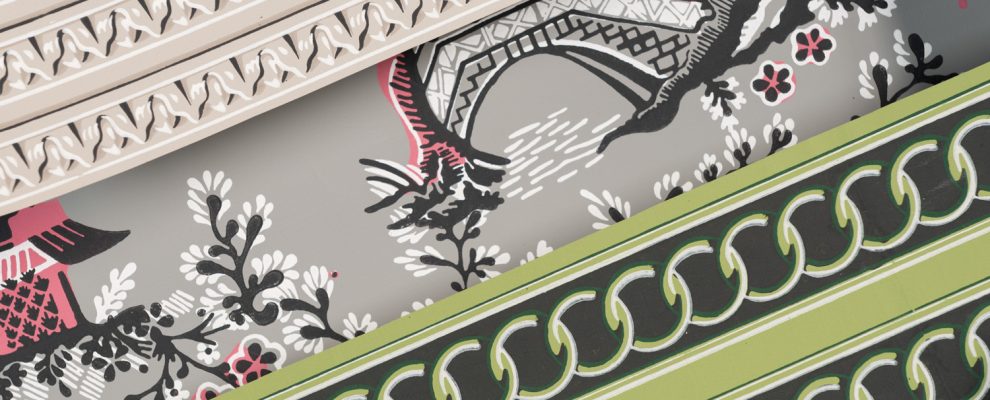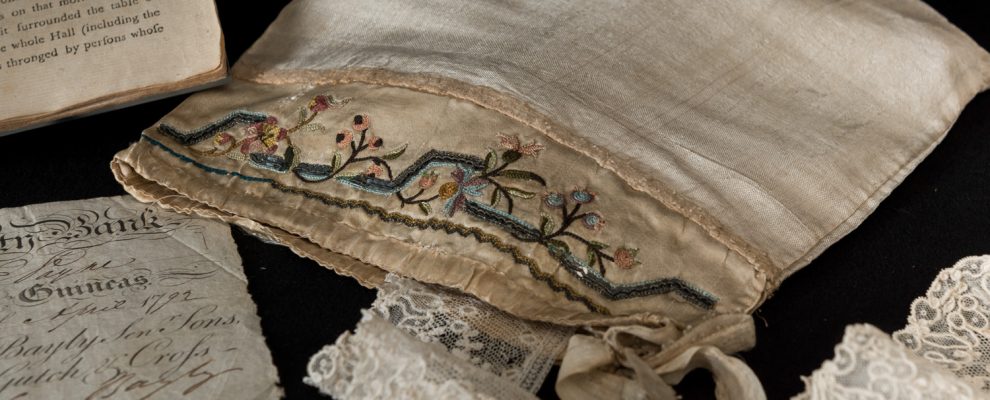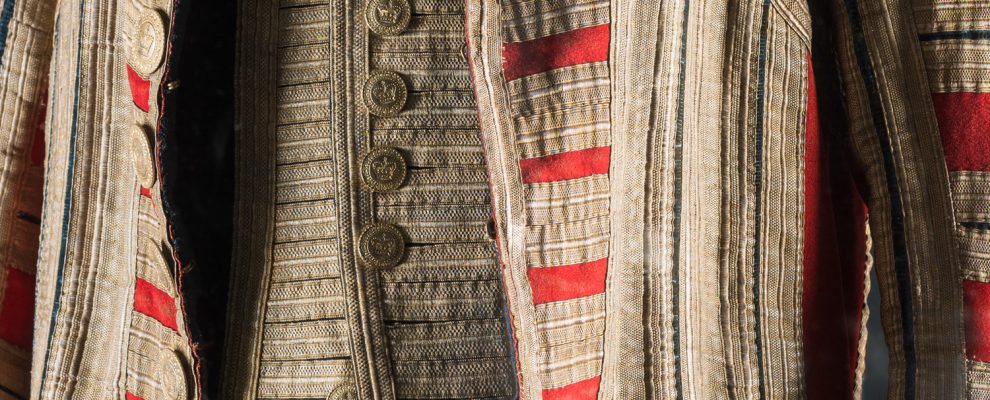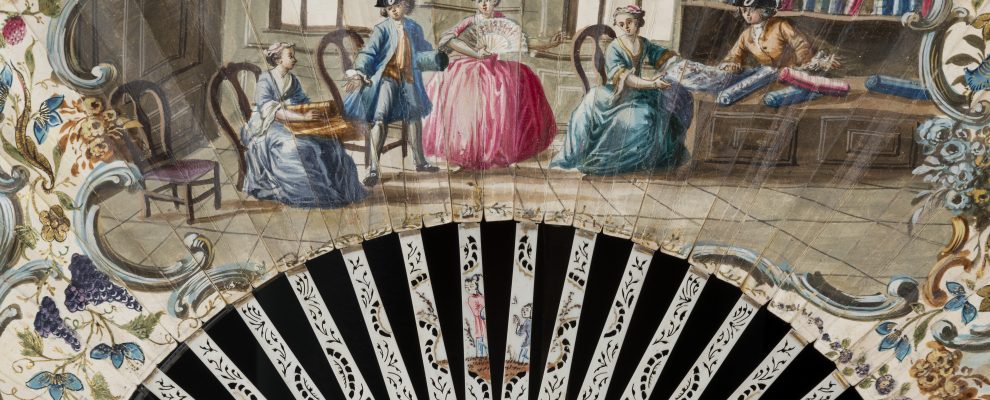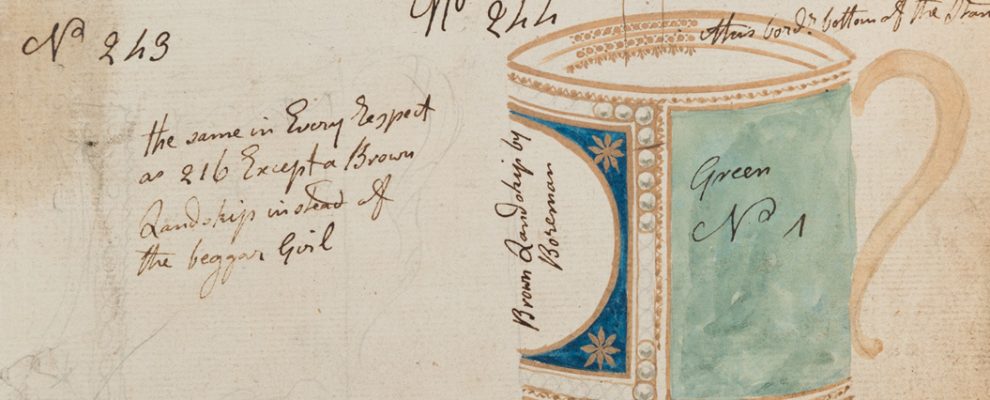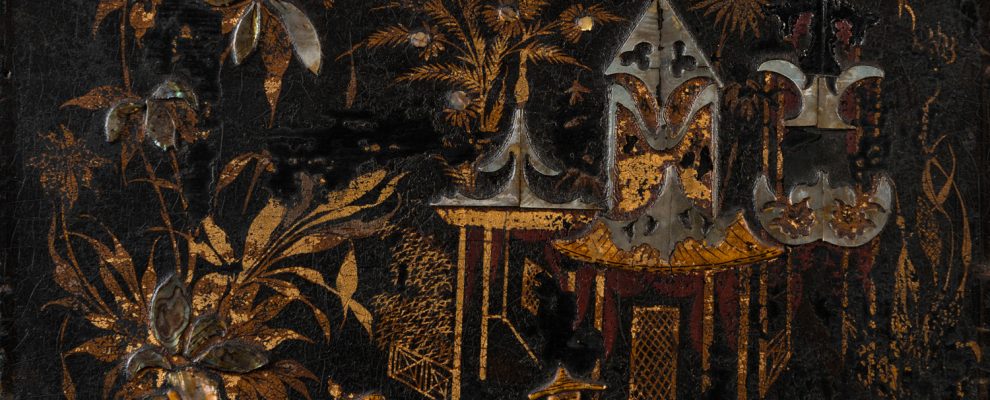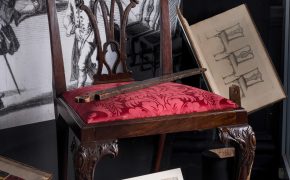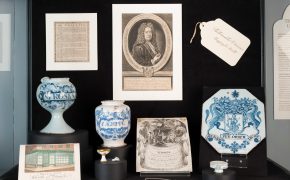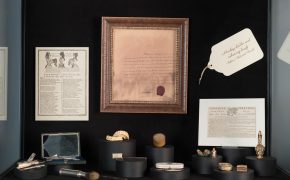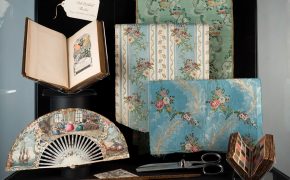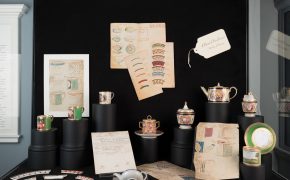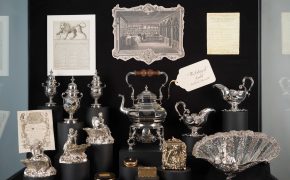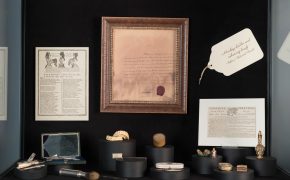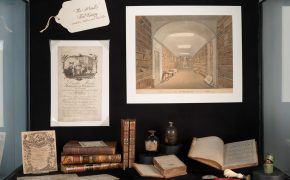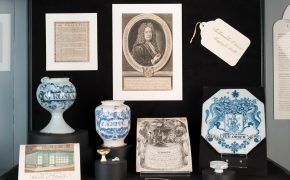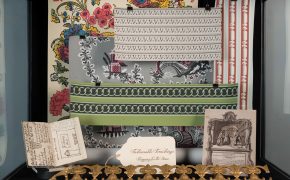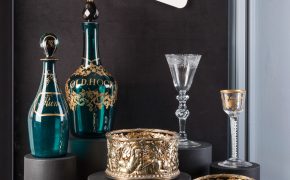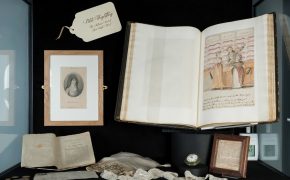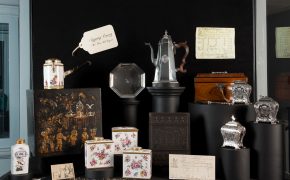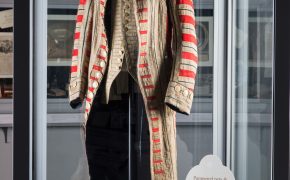Consuming Passions
28 May – 31 December 2015
Enter the world of luxury shopping in Georgian Britain
The exhibition, Consuming Passions, shone the spotlight on shopping for luxury in the Georgian age, and the precious, expensive, and quintessentially luxurious commodities that caught the eye of wealthy ‘polite society’. Exploring the exotic array and wealth of luxury goods newly available to a society obsessed with consumption, this exhibition showcased some of the most sumptuous and luxurious objects bought and sold in the Georgian age: magnificent silver, lustrous silks and textiles, beautiful vessels to hold exotic tea, perfumes and wines, brightly-coloured wallpapers, delicate porcelain, handsome leather-bound books, and even medicines. This was an age of wealth, industry and empire that saw consumerism – the appetite to acquire, possess, and display – become a social and economic phenomenon.
In provincial centres like York, shopkeepers were keen to attract a wealthy and genteel clientele, and prided themselves on providing a sophisticated retail experience which included excellent service in well-appointed surroundings. Consuming Passions capitalised on Fairfax House’s location in the heart of York, and the indelible connection between shopping in this city then and now. The eighteenth century inhabitants of Fairfax House, Viscount Fairfax and his daughter Anne, were discerning shoppers and Fairfax House is fortunate to have a rich archive of bills and accounts to draw upon which highlights the Fairfaxes’ relationship with the retailers and merchants of York. Georgian York was a thriving centre for polite society in northern England, offering a myriad of shops, services and retail-related trades including cabinet-makers, book and print sellers, tailors, mercers, haberdashers, furriers, glovers, linen drapers, hatters and hosiers.
Browsing for, selecting and purchasing goods was transformed into a pleasurable pursuit and indulgent social activity in its own right. In the same way that 18th century shops specialised in creating enticing spaces for shoppers, so too did Consuming Passions bring together a lavish array of treasures epitomising the meaning of luxury; goods to furnish and decorate homes in the latest taste, to clothe and accessorise, to entertain, or simply satisfy a desire for novelty. Material was assembled for this exhibition from an impressive array of over forty museums (such as the V&A, British Library, National Trust, The Goldsmiths Company, Jane Austen’s House Chawton, The Wedgwood Museum), collections, libraries, private specialist collectors and some of Britain’s longest-operating family businesses in existence – Floris Perfumers of London, Henry Poole & Co. of Saville Row, Fortnum and Mason and Whiteley’s of Sheffield.
Alongside a glittering array of luxurious items were also some of the more unusual objects that surprised and amused – a set of false teeth made from ivory, a footman’s royal livery in gold thread from the household of George III, a collar for a pet squirrel, a mammoth goldbeaters shop sign in the form of an arm, and even a miniature tea and coffee service exact in every detail in silver.
Consuming Passions explored the realm of shopping and the retail experiences and practices that took place within the shops, warehouses and emporia of London and regional centres of Georgian Britain such as Bath and most especially York. Drawing on rich material such as trade cards, pattern books, samples and bills this exhibition looked at how the shopping practices of today were forged during this period. It revealed some of the objects involved in the dispensing, display and sale of luxury items – apothecary jars (for opium), tea chest, tailor’s scissors and yard stick and most beautiful of all pattern and swatch books filled with samples of fabrics.
To find out more about ‘Consuming Passions: Luxury Shopping in Georgian Britain’ you can download the exhibition notes here.

